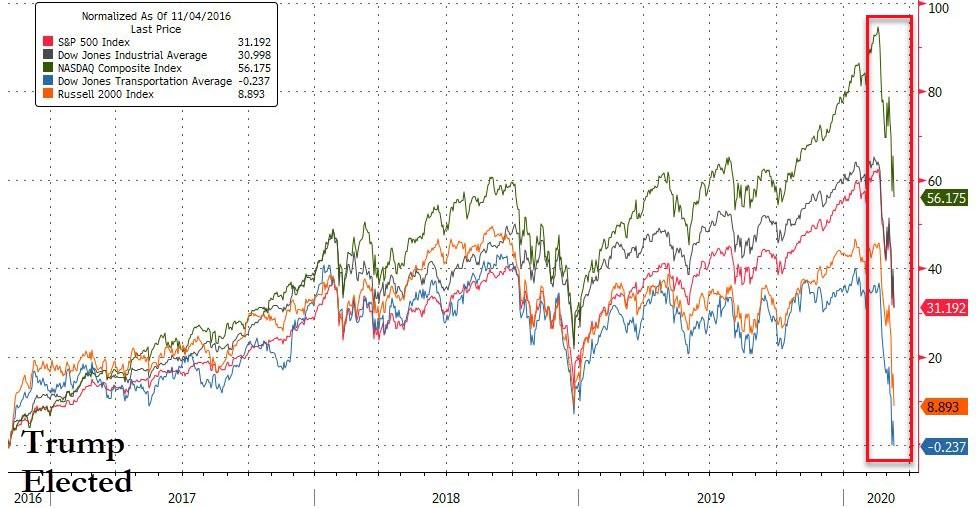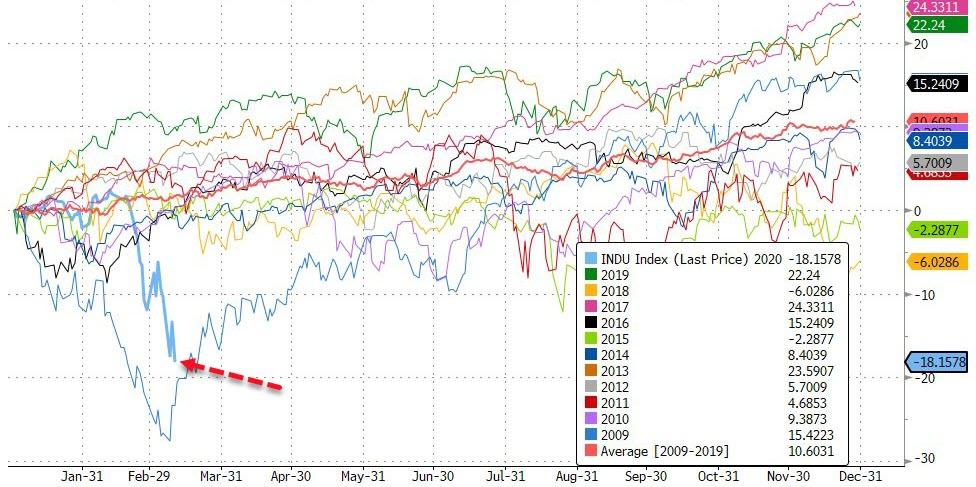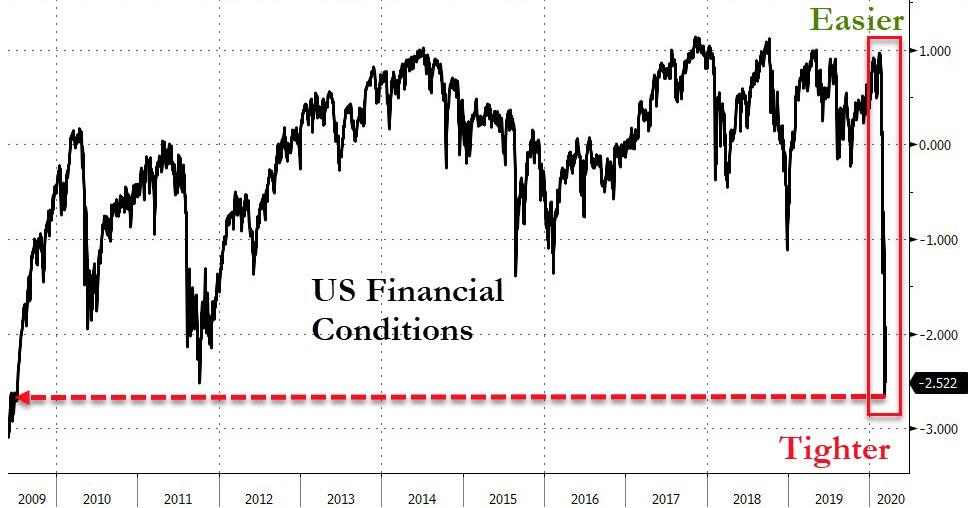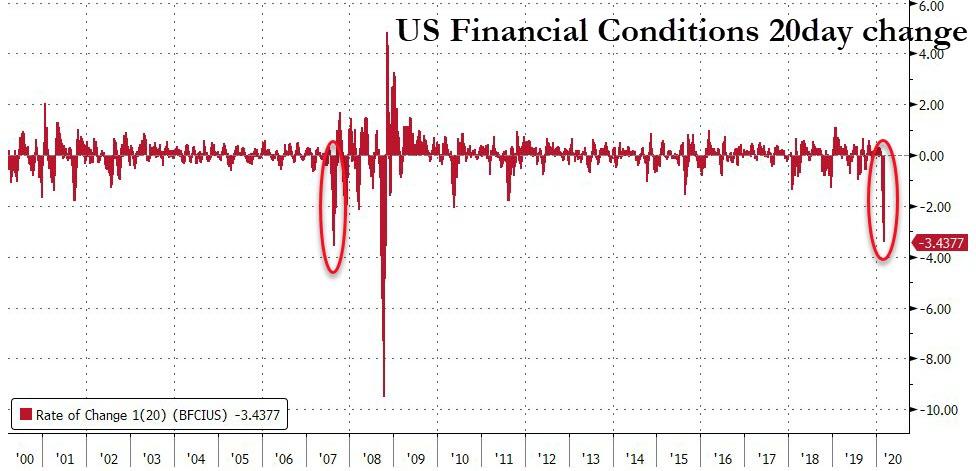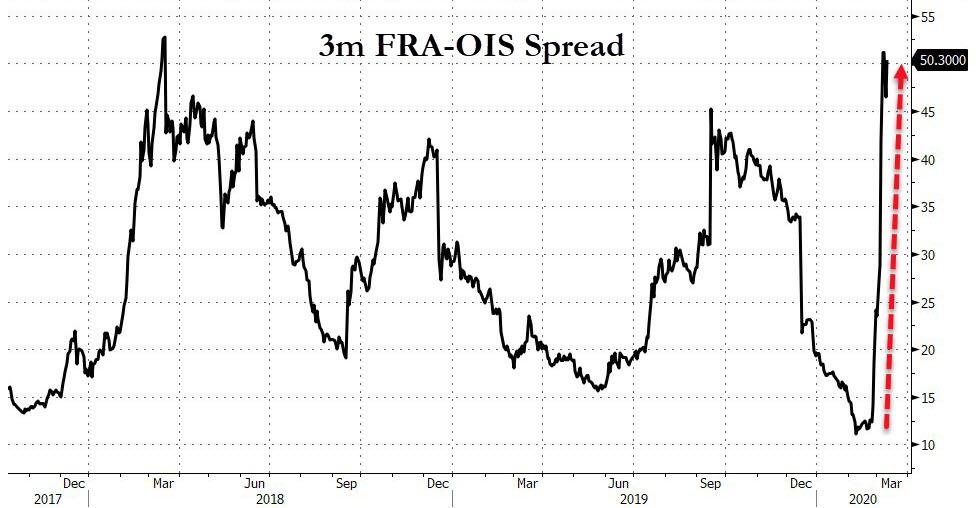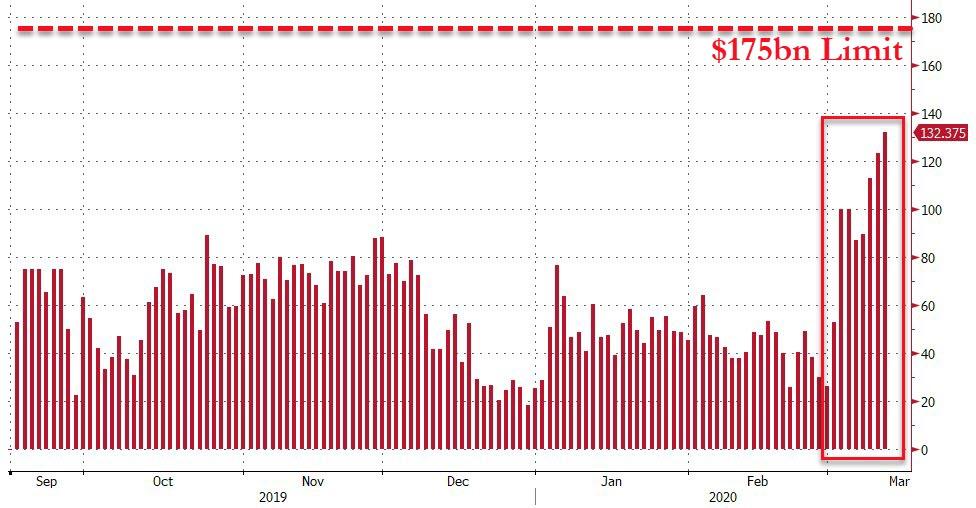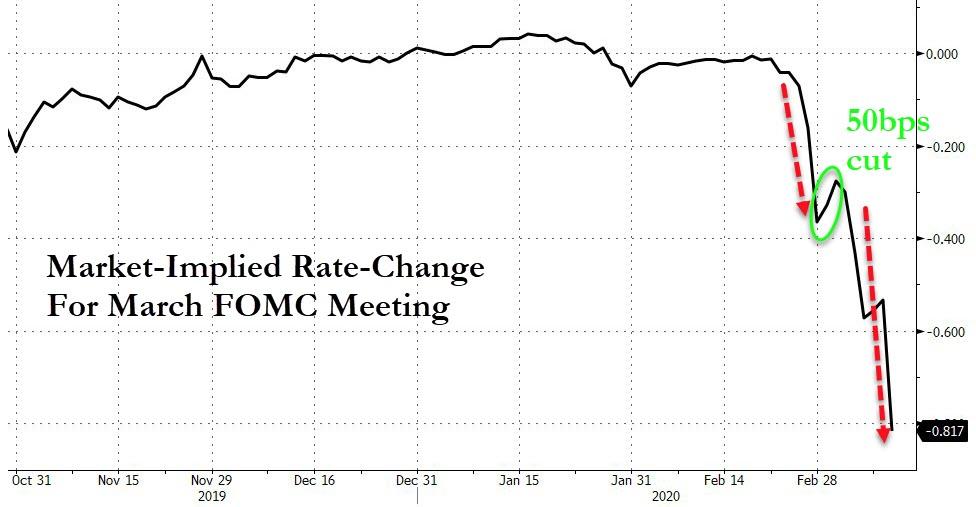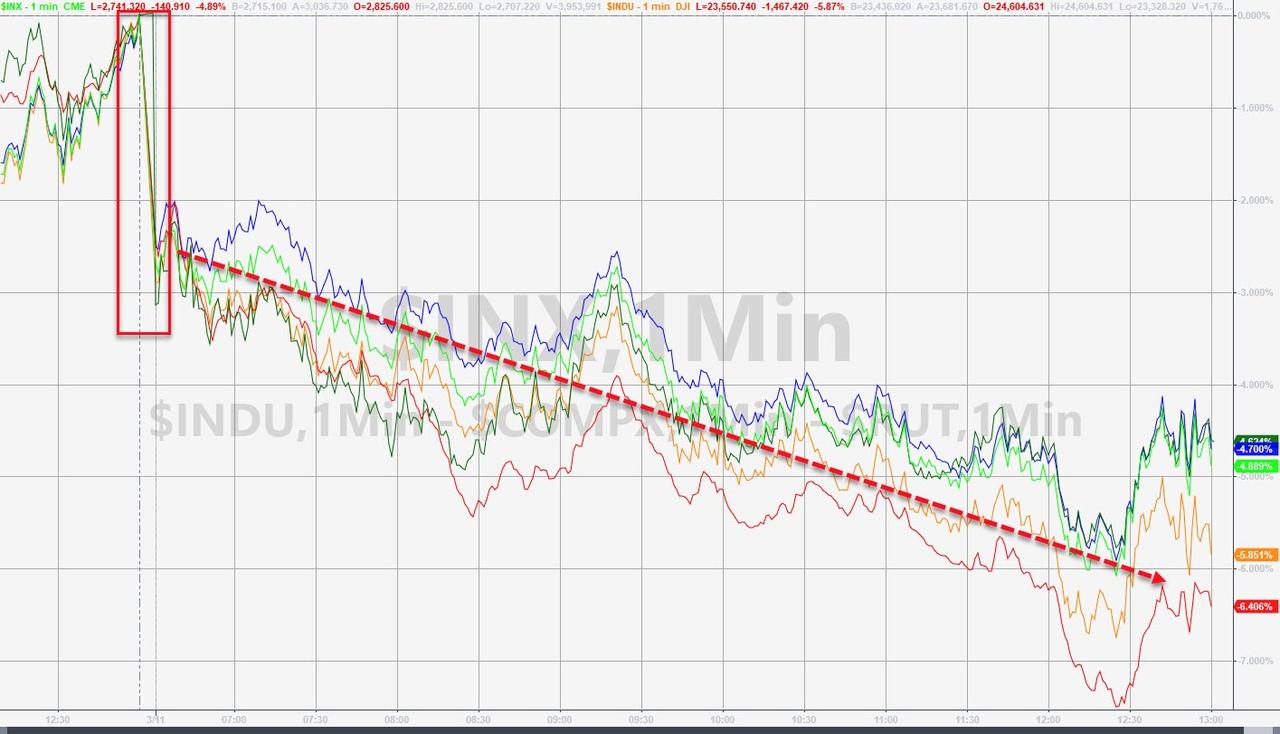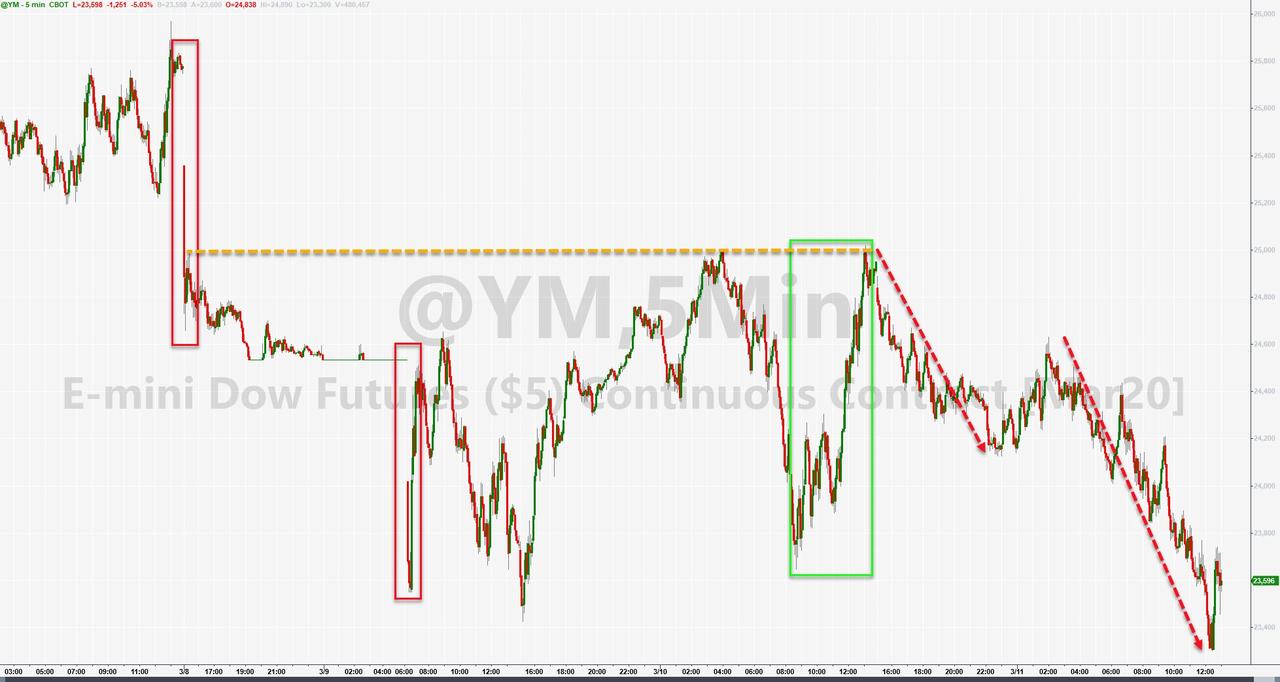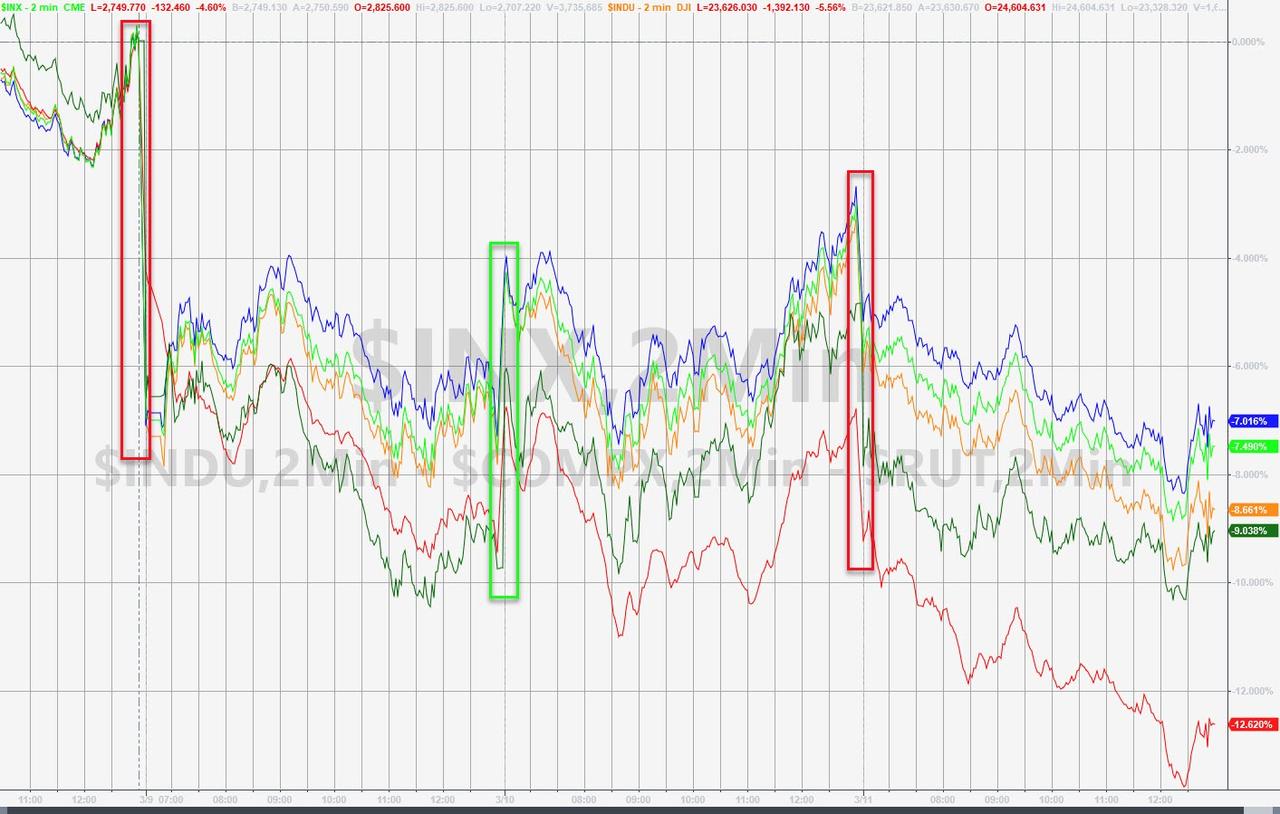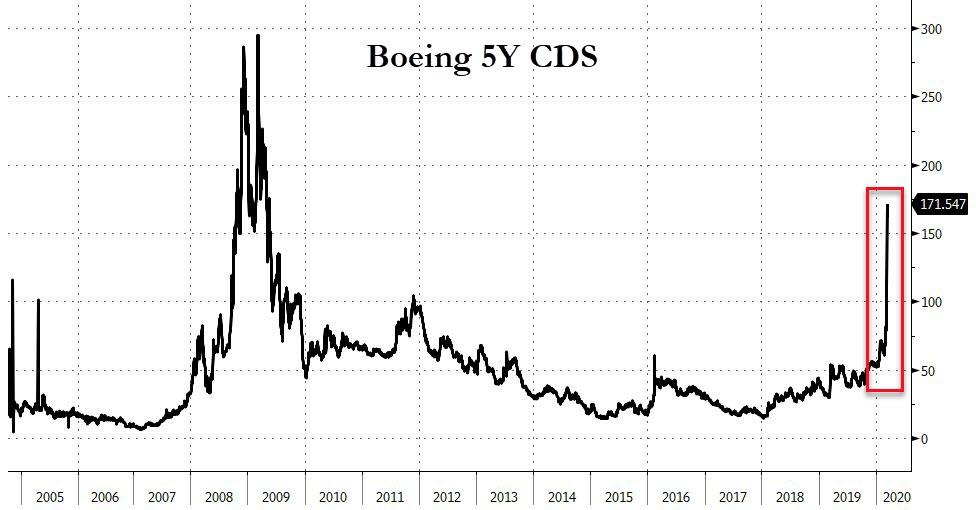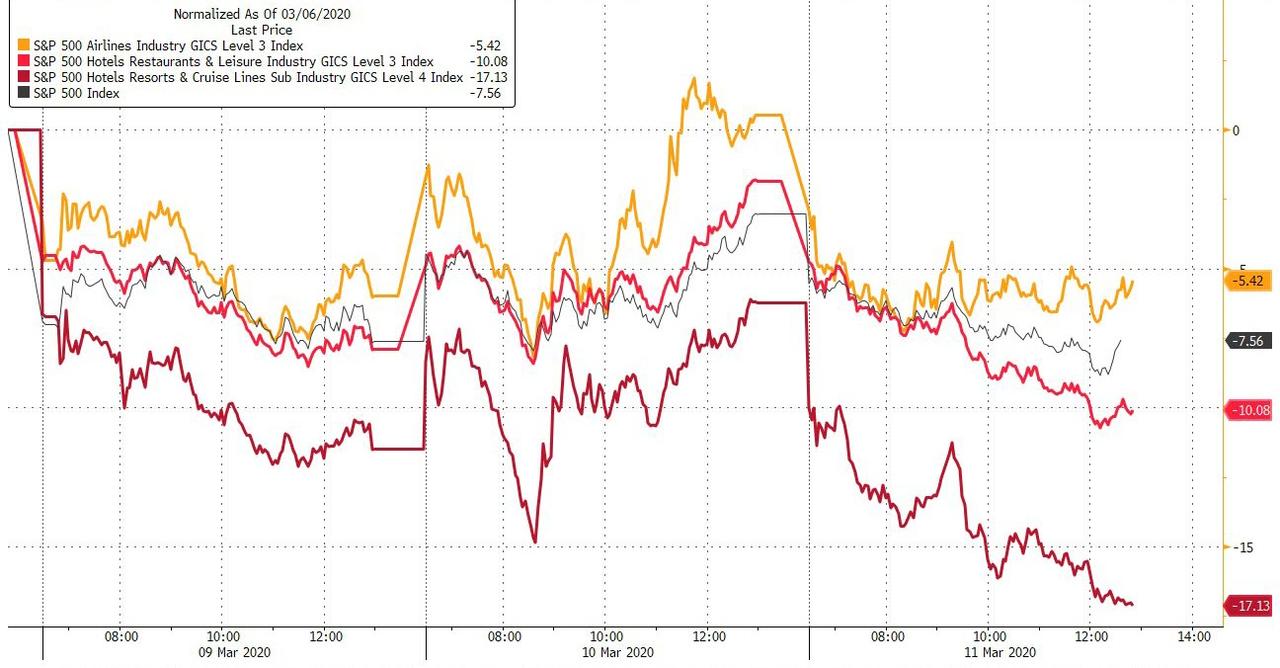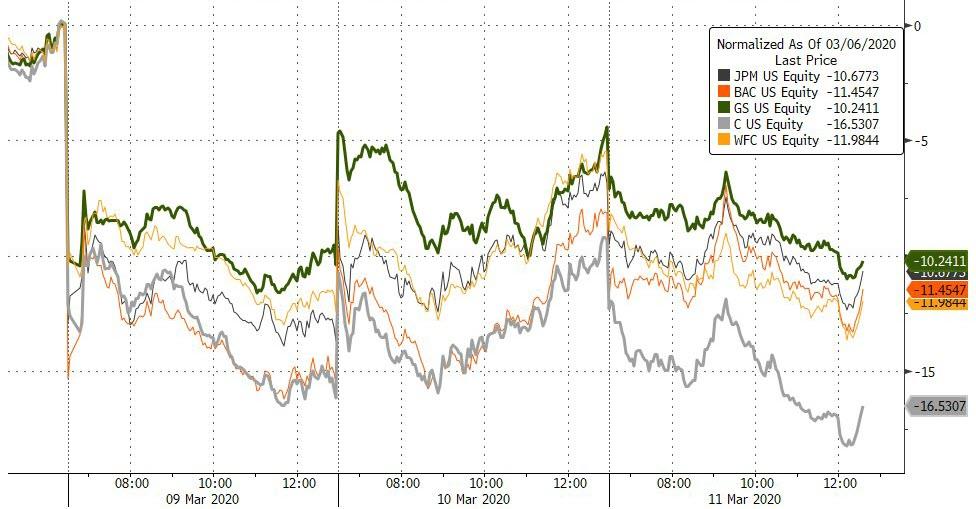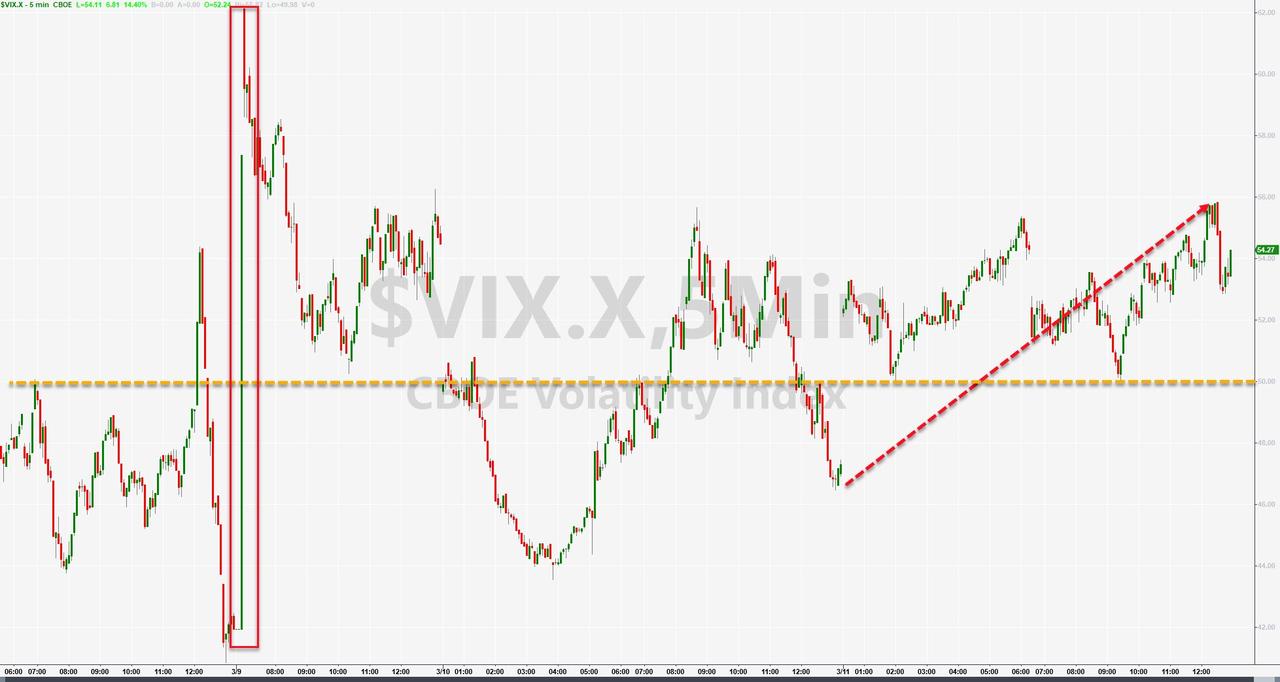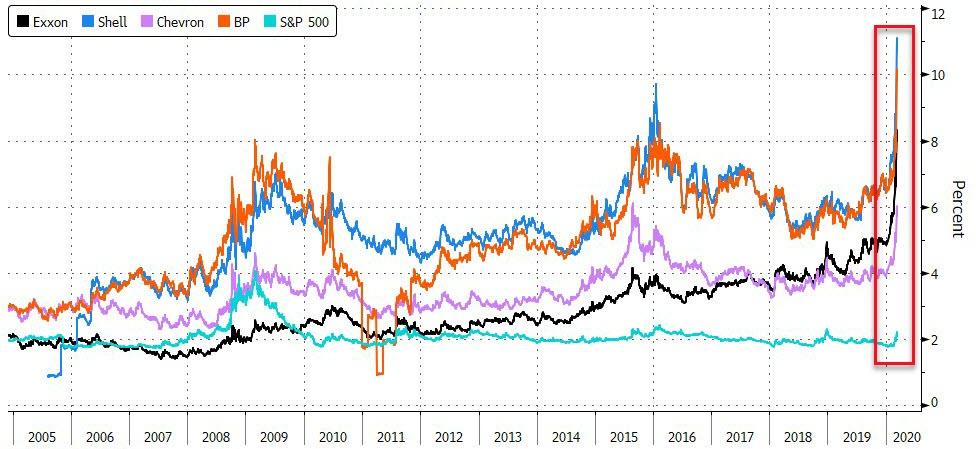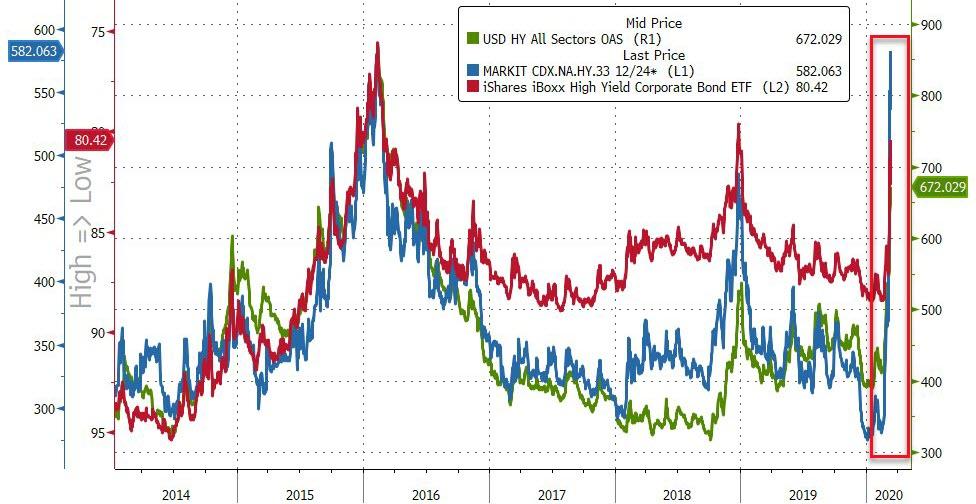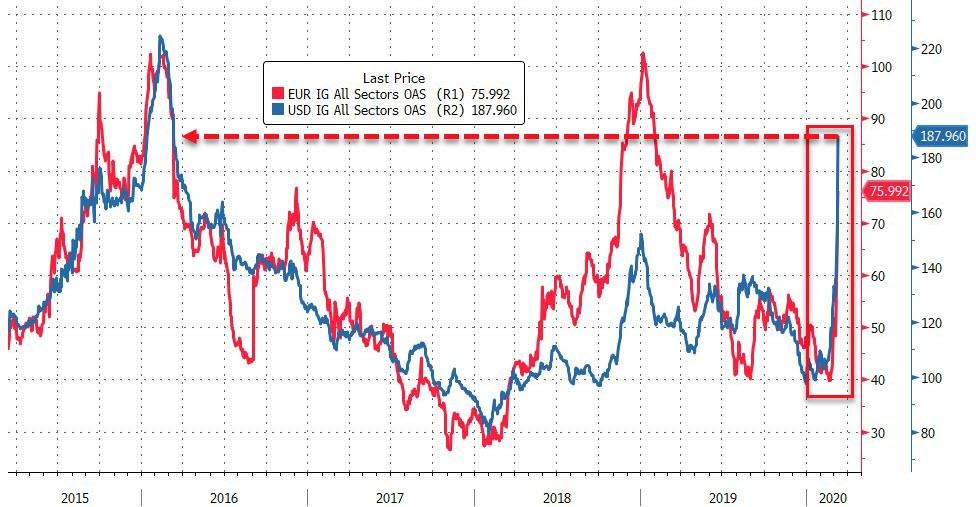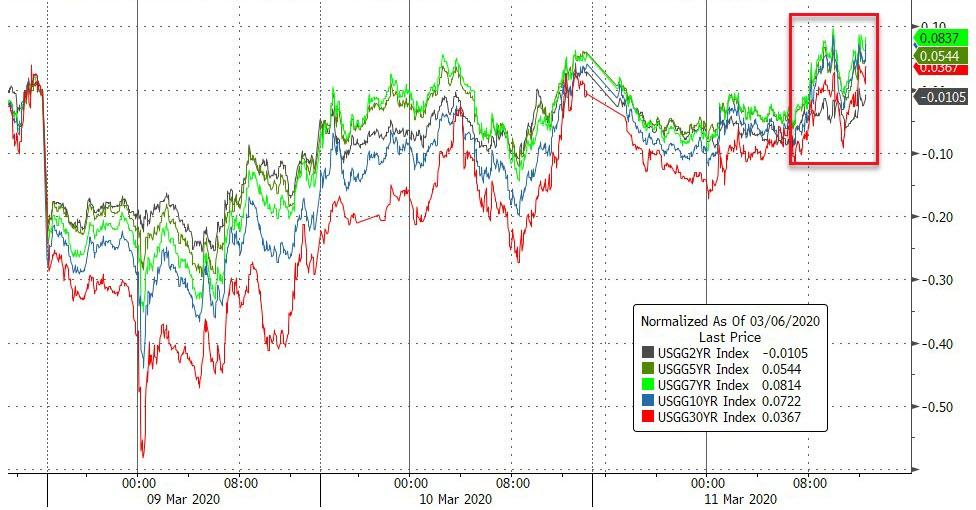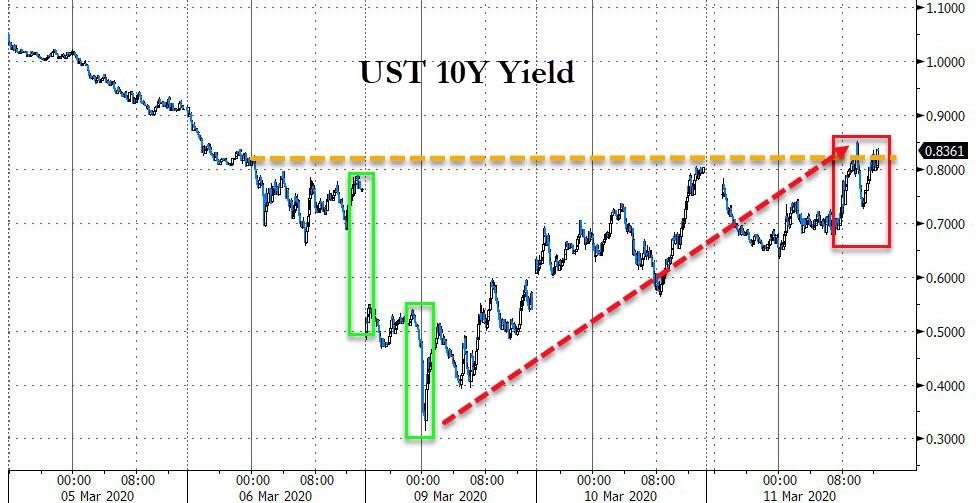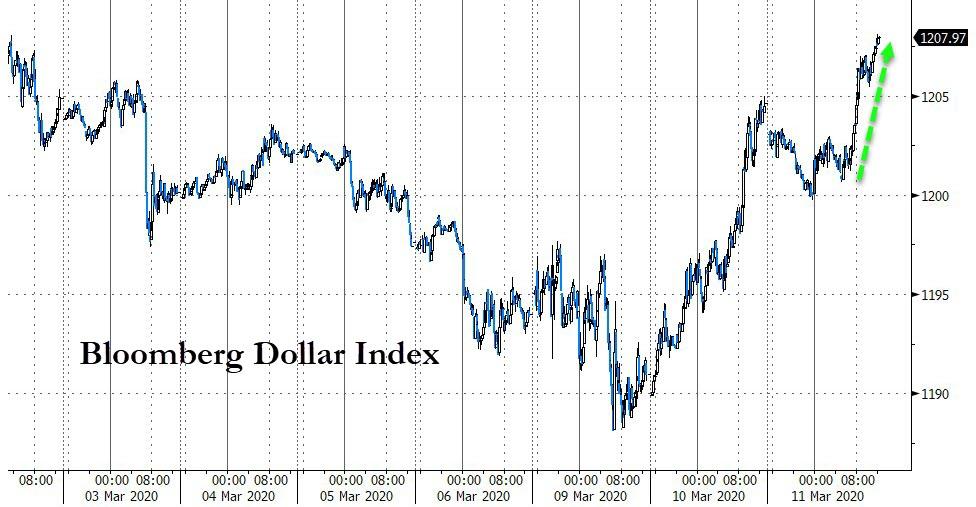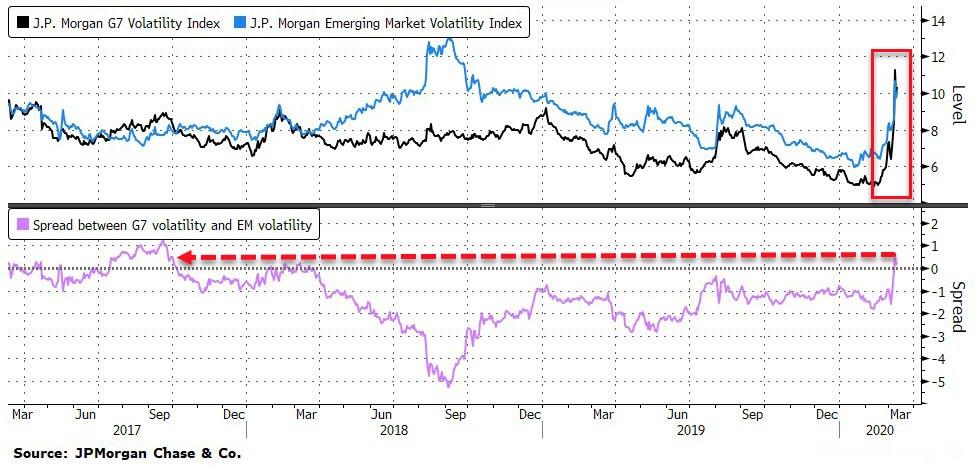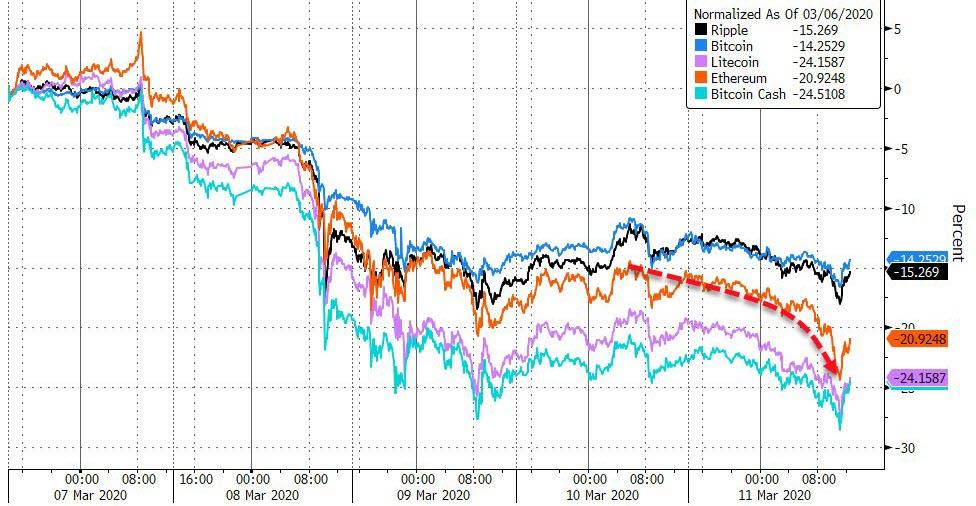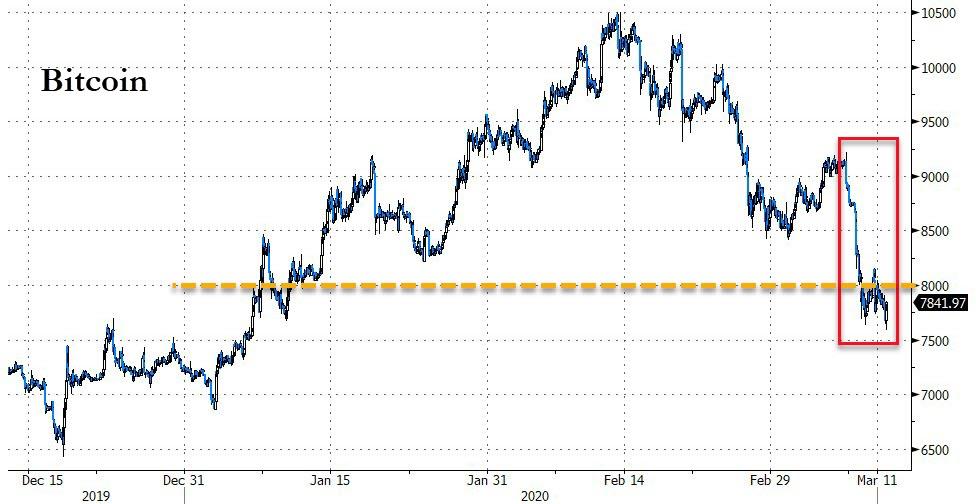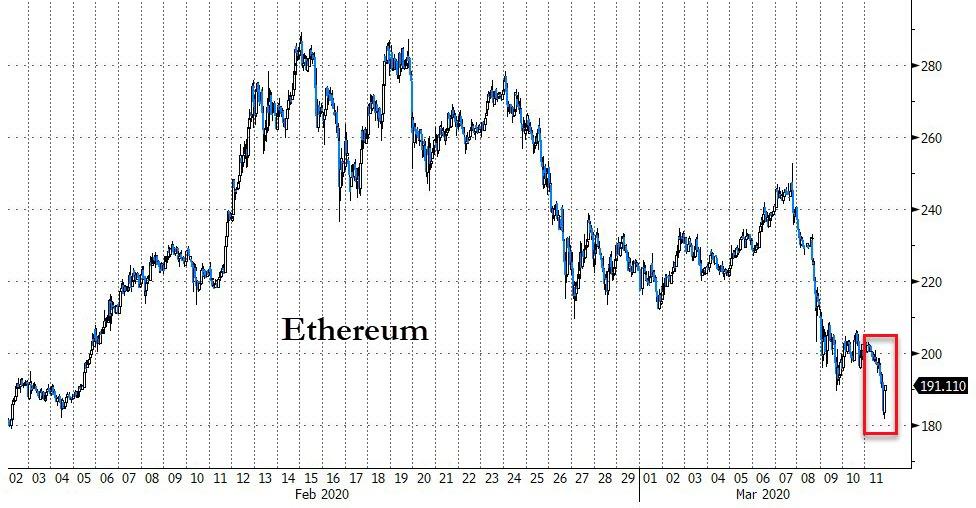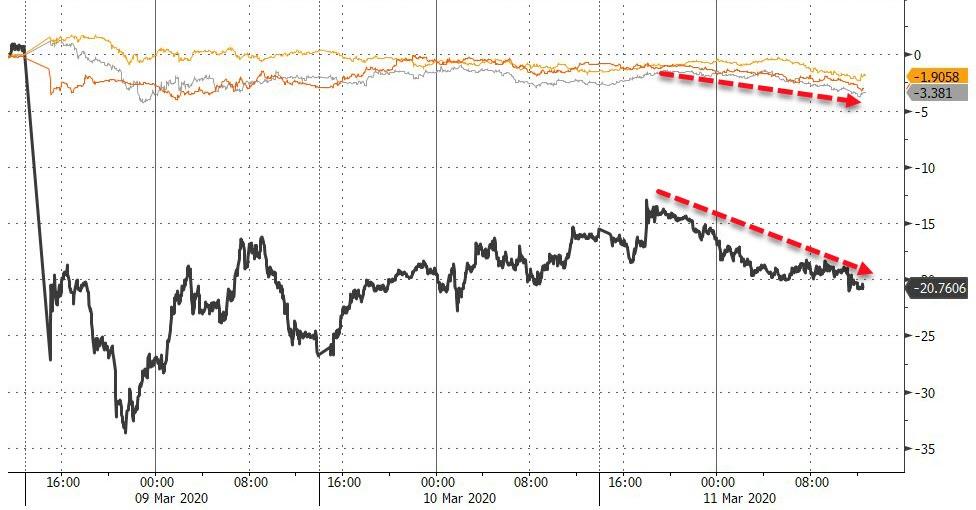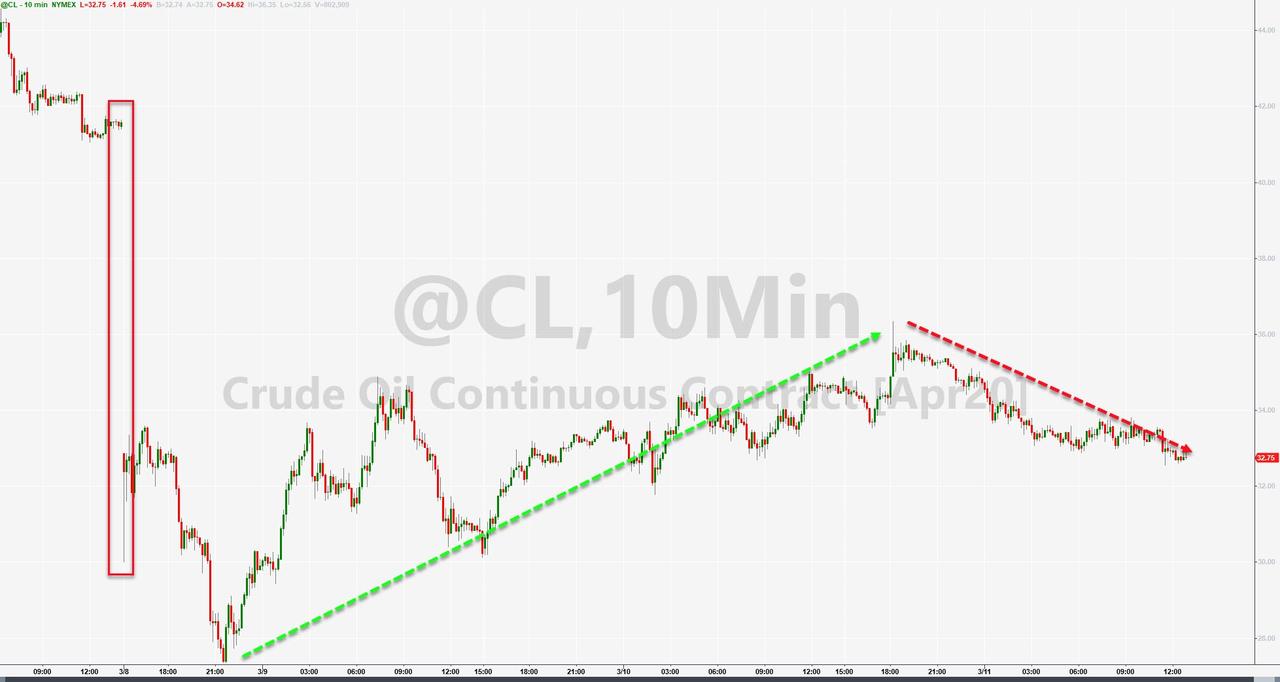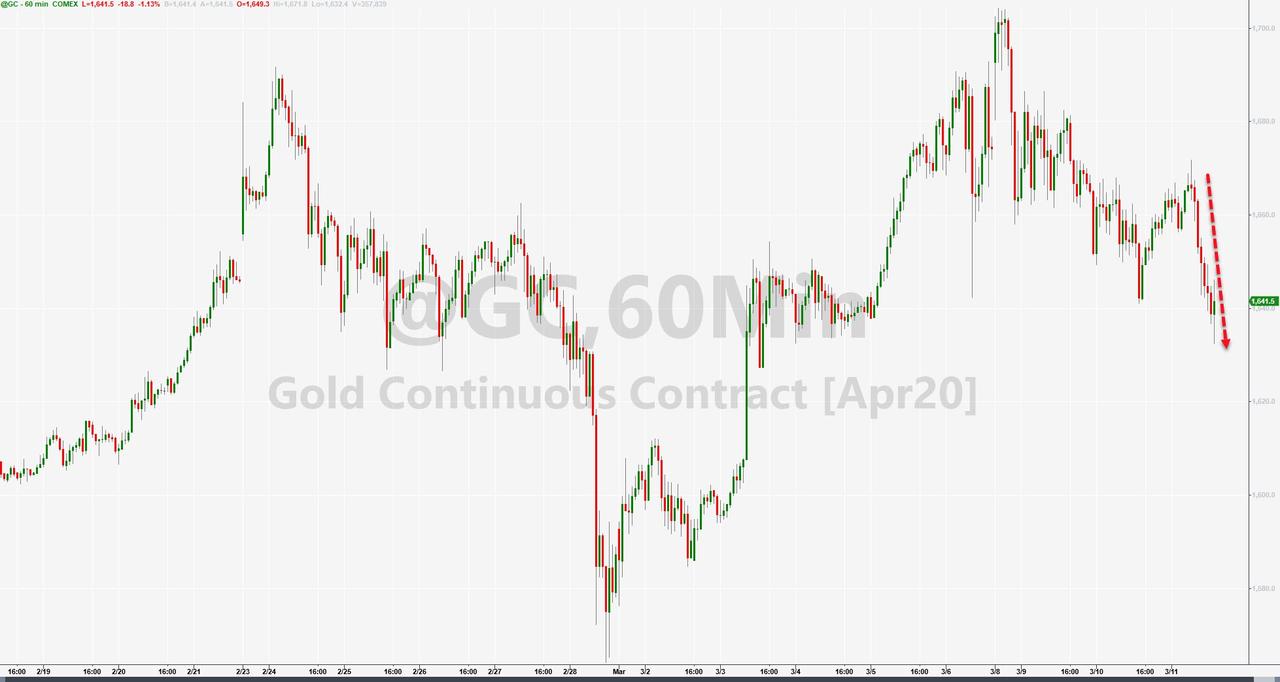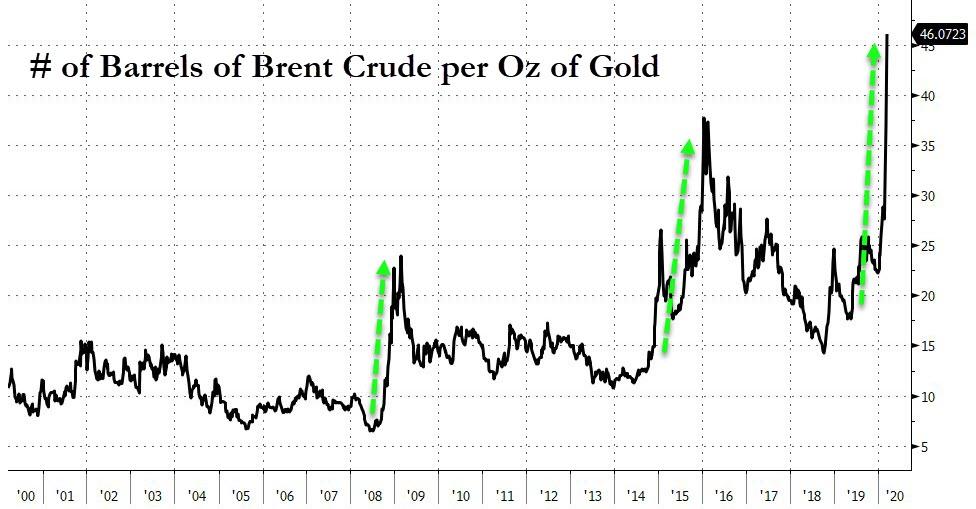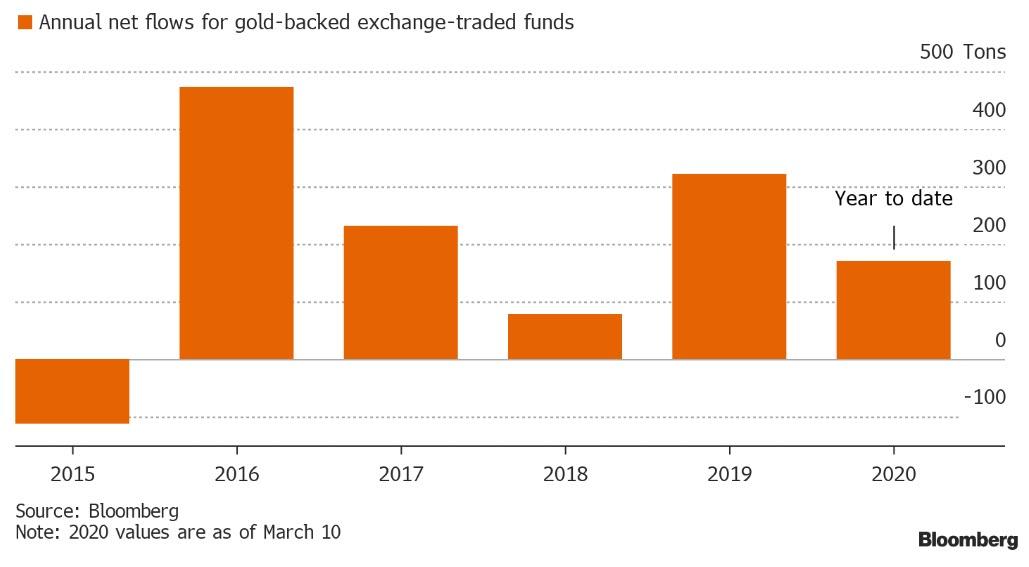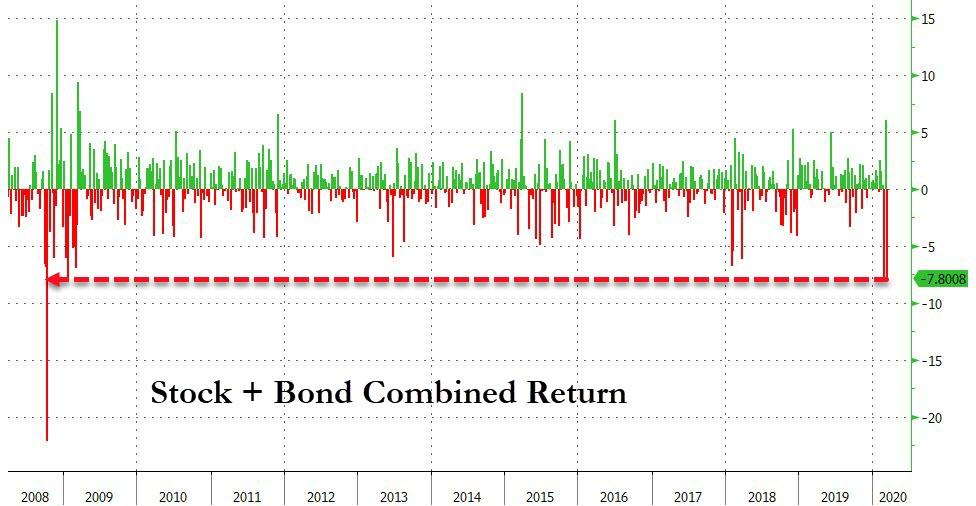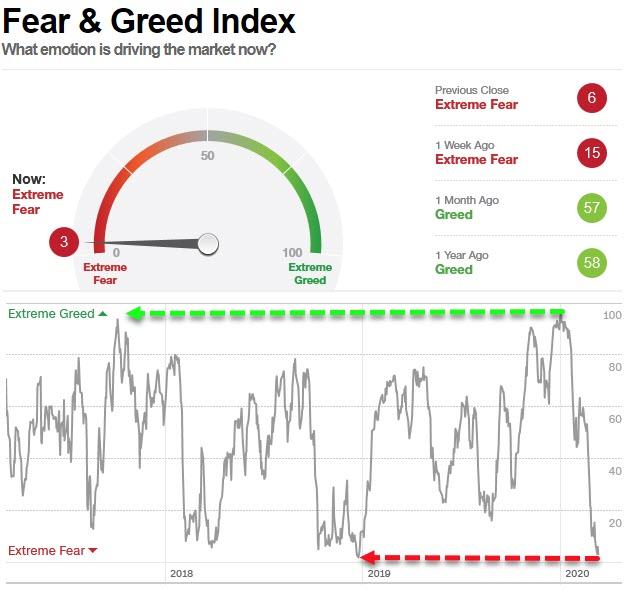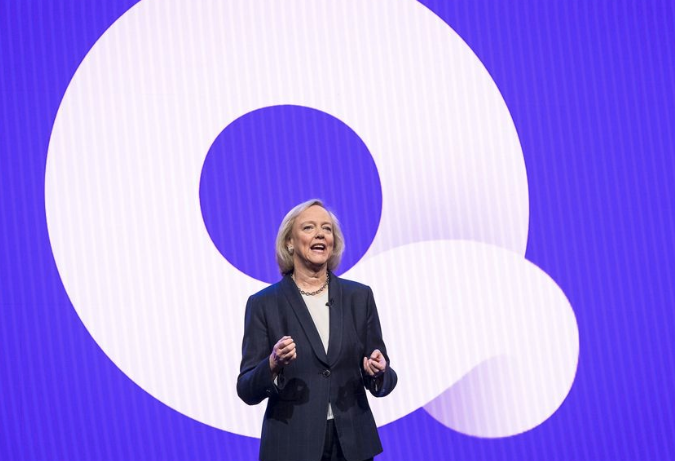Worrying that “countries have done too little, too late to contain the [COVID-19] epidemic,” an editorial in The Lancet suggests that “China’s vigorous public health measures,” which have included quarantines and travel restrictions affecting hundreds of millions of people, offer a model for other governments to follow. While “other nations lack China’s command-and-control political economy,” the eminent British medical journal says, “there are important lessons that presidents and prime ministers can learn from China’s experience.” The editorial also describes Italy’s now-nationwide “lockdown,” which officially requires that people remain in their homes except for work, medical care, and “necessities” such as grocery shopping, as a policy that initially “shocked European political leaders” but looks wise in retrospect.
Although it seems unlikely that the United States would copy either China’s approach or the milder but still draconian Italian model, the extent of state and federal quarantine powers is surprisingly unsettled. Unlike in China, there are statutory and constitutional limits on the use of force to curtail the spread of communicable diseases in the U.S. But exactly what those limits are remains largely untested.
When asked whether Americans might see Italian-style lockdowns in response to COVID-19, Anthony Fauci, director of the National Institute of Allergy and Infectious Diseases, told Fox News Sunday host Chris Wallace: “It’s possible….You don’t want to alarm people, but given the spread we see, you know, anything is possible. And that’s the reason why we’ve got to be prepared to take whatever action is appropriate to contain and mitigate the outbreak.”
Federal quarantine authority is based on the power to regulate interstate and international commerce. The Public Health Service Act empowers the secretary of health and human services to “to make and enforce such regulations as in his judgment are necessary to prevent the introduction, transmission, or spread of communicable diseases from foreign countries into the States or possessions, or from one State or possession into any other State or possession.”
State quarantine authority is based on the general “police power” retained by the states under the 10th Amendment. In the landmark 1824 Commerce Clause case Gibbons v. Ogden, a unanimous Supreme Court “stated unequivocally that enacting quarantine laws is among the powers reserved to the states,” Cornell law professor Michael C. Dorf notes. But that quarantine power is not unlimited.
In 2014, Kaci Hickox, a nurse who had treated Ebola patients in Sierra Leone, was detained for 80 hours after arriving at Newark Liberty International Airport, then sent back to her home state of Maine under an order by New Jersey Gov. Chris Christie. Although Hickox had no Ebola symptoms and had tested negative for the virus, Maine Gov. Paul LePage ordered her to remain at her home in Fort Kent for three weeks. Hickox, who defied that order by going for a bike ride, successfully challenged LePage’s edict in state court.
Charles C. LaVerdiere, chief judge of the Maine District Courts, ruled that any potential threat posed by Hickox could be adequately addressed by “direct active monitoring” aimed at detecting the onset of symptoms should she become ill. Since Hickox “currently does not show any symptoms of Ebola and is therefore not infectious,” LaVerdiere said, forcibly isolating her at her home was not justified.
To obtain the court order it sought, the state had to present “clear and convincing evidence” that Hickox posed a “public health threat” and that a 21-day quarantine was “the least restrictive measure” to deal with it. LaVerdiere concluded that “the State has not met its burden at this time to prove by clear and convincing evidence that limiting Respondent’s movements to the degree requested is ‘necessary to protect other individuals from the dangers of infection.'”
In Washington, the first state to experience an outbreak of COVID-19, a court order enforcing a quarantine lasting longer than 10 days likewise is supposed to be based on “clear, cogent, and convincing evidence” that “quarantine is necessary to prevent a serious and imminent risk to the health and safety of others.” But judges are required to approve shorter quarantines if there is “a reasonable basis to find that isolation or quarantine is necessary to prevent a serious and imminent risk to the health and safety of others.”
In New York City, the health commissioner is authorized to order the detention of “a case, contact or carrier, or suspected case, contact or carrier of a contagious disease” when he believes there is “clear and convincing evidence” that the individual “may pose an imminent and significant threat to the public health resulting in severe morbidity or high mortality.” After three days, the subject of a quarantine order can challenge his detention in court. To justify the continued detention of “a person or group,” the commissioner “shall prove the particularized circumstances
constituting the necessity for such detention by clear and convincing evidence.”
That “clear and convincing” standard is consistent with the due process requirements that the Supreme Court has applied to involuntary psychiatric treatment. In a 2018 SMU Law Review article, public health professor Michael Ulrich and law professor Wendy Mariner, both of Boston University, argue that the analogy, which state courts have applied in quarantine cases, is apt. “Civil commitment is a form of preventive detention, a measure generally disfavored in the United States,” they write. “Whereas criminal confinement may stem from voluntary criminal acts known to violate the law, an individual’s civil commitment may result through no fault of their own.”
The implication, Ulrich and Mariner say, is that quarantine orders, like involuntary psychiatric treatment, require “appropriate procedural due process,” including, “at a minimum,” these safeguards: “(1) the right to legal counsel; (2) adequate written notice of the grounds for commitment; (3) adequate notice of the hearing and opportunity for discovery; (4) an expeditious hearing by an independent judiciary to avoid unnecessary confinement; (5) the right to be present, confront witnesses, and present witnesses; (6) clear and convincing standard of proof; and (7) the
right to a transcript for use on appeal.” They argue that the 2017 federal regulations issued in response to the Ebola scare fell notably short of meeting this standard.
COVID-19 is more readily transmitted than Ebola but far less deadly, and both of those factors are relevant in determining whether someone poses, e.g., “a serious and imminent risk to the health and safety of others” (under Washington’s rules) or “an imminent and significant threat to the public health resulting in severe morbidity or high mortality” (under New York City’s). But Ulrich and Mariner note that the danger a potential carrier poses hinges not only on the nature of the disease but also on his likely behavior:
In its civil commitment cases, the U.S. Supreme Court has recognized that the state has no cognizable interest in confining individuals who have not committed any crime unless the individual, by reason of mental illness, is essentially unable to control his own dangerous behavior so that he is likely to harm other people….
The principles in these cases provide the doctrinal structure for laws authorizing involuntary civil commitment for individuals with a contagious disease who are likely to spread it to others. The mere presence of the contagious disease, like the mere presence of mental illness, does not by itself constitute a likelihood of harming others. In both cases, the potential harm comes from the person’s behavior. In the case of contagious disease, the behavior may be deliberate or inadvertent—contact with other people that could actually infect them. This is analogous to the harm that could be inflicted by a person who cannot control behavior because of a mental illness. It is for this reason that both elements—contagious disease and actions that place other people at risk of harm—are necessary to justify involuntary confinement. There is no reason—and no constitutional justification—for confining people who are able to control their behavior and avoid putting others at risk of being harmed. Therefore, both the characteristics of the disease and the characteristics of the individual must be examined to determine whether involuntary confinement is warranted.
In Kaci Hickox’s case, Judge LaVerdiere noted that she “has been cooperating with Direct Active Monitoring and intends to continue with her cooperation,” a fact that figured in his conclusion that home confinement was not justified. Washington’s quarantine regulations likewise favor cooperation over coercion, saying a local health officer should not order a quarantine unless he or she has made “reasonable efforts, which shall be documented, to obtain voluntary compliance” or else determined, “in his or her professional judgment,” that “seeking voluntary compliance would create a risk of serious harm.” The rules also specify that “isolation or quarantine must be by the least restrictive means necessary to prevent the spread of a communicable or possibly communicable disease to others.”
If Ulrich and Mariner are right, it is hard to see how broad confinement orders affecting large groups of potential disease carriers, the vast majority of whom are not actually infected, can be squared with due process. But as they note, the Supreme Court “has not heard a case involving the involuntary quarantine or isolation of an individual to prevent the spread of disease.”
Responding to questions from Vox‘s Brian Resnick, Lindsay Wiley, a health law professor at Washington College of Law, said “a mandatory geographic quarantine” would “probably be constitutional.” But the issue has never been squarely addressed.
“As a matter of constitutional law,” Wiley said, “the courts would typically require government officials to try voluntary measures first, as a way of proving that mandatory measures are actually necessary. Furthermore, any mandated measures would have to be narrowly tailored and backed by evidence….To pass constitutional muster, an order not just urging but requiring all people within a particular area to stay home would have to be justified by strong evidence that it was absolutely necessary and that other, less restrictive measures would be inadequate to slow the spread of disease.”

from Latest – Reason.com https://ift.tt/2W40dqA
via IFTTT
